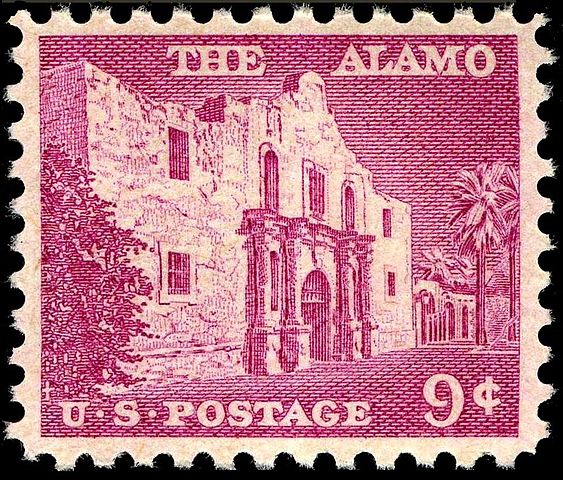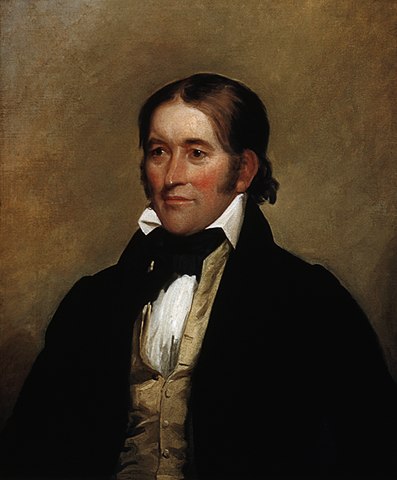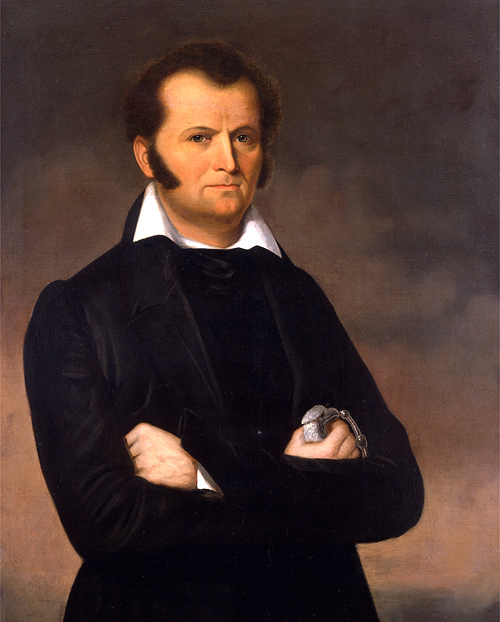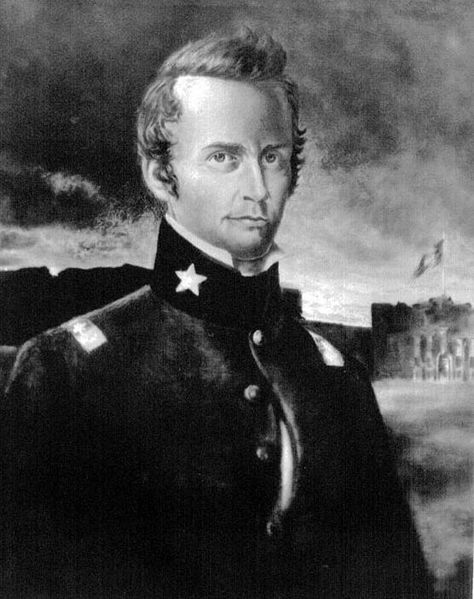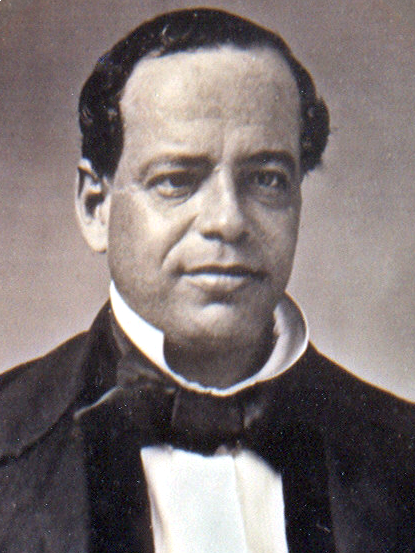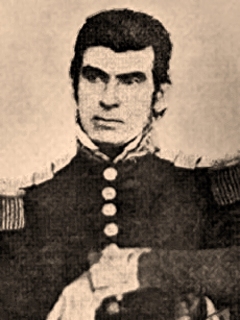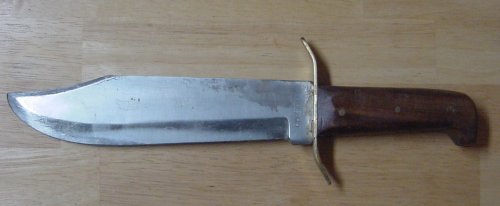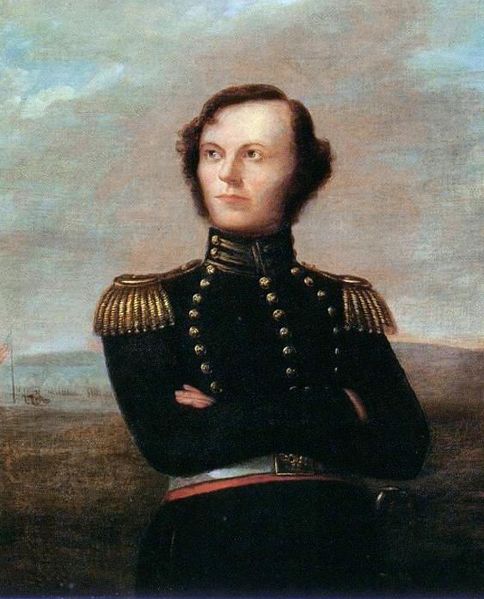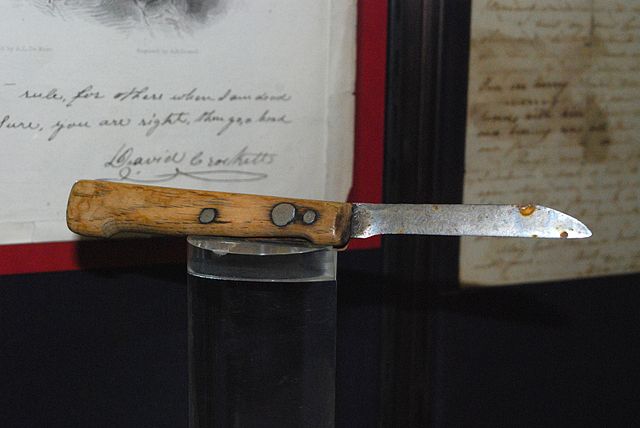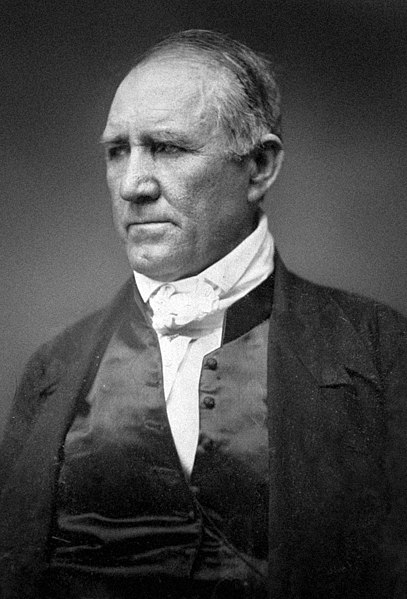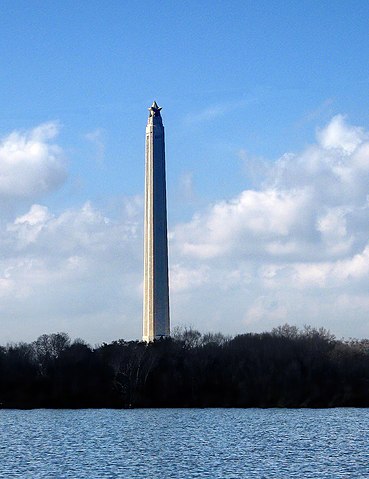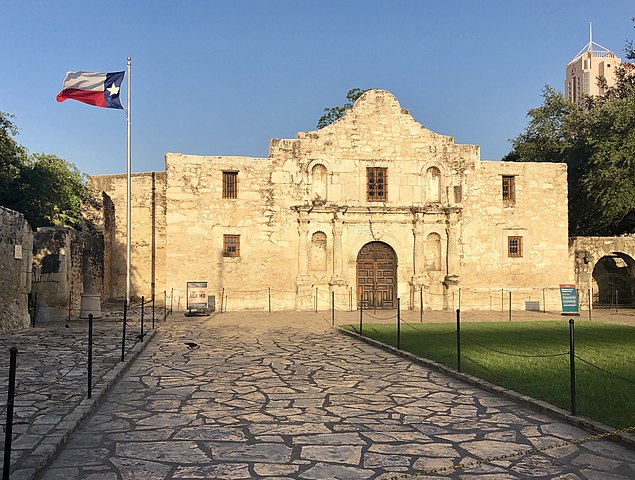An enduring American legend, hear what actually happened at the Battle of the Alamo
By 1817, after emerging from the military, David situated his family in Lawrence County, Tennessee as one of the area’s first inhabitants. Making a living as a professional hunter, mostly of wild bears, Crockett also began to involve himself in local politics, serving as a county commissioner and eventually as a state appointed justice of the peace. He also served several terms in the state legislature and was eventually elected to the US House of Representatives in 1826. He was re-elected to a second term in 1828 but ran into trouble when he emphatically opposed Andrew Jackson’s plans to relocate native Americans, an especially unpopular stance in Jackson’s home state of Tennessee. Defeated for re-election in 1830, he was returned to Congress one more time in 1833. It was during this time period that Crockett co-wrote an autobiography entitled, “A Narrative of the Life of David Crockett of the State of Tennessee,” an attempt to take advantage of popularity generated by an 1831 play entitled, “The Lion of the West,” about a larger than life pioneer named Nimrod Wildfire, but obviously fashioned after Crockett. It was during his publicity tour promoting this book’s publication that a quote attributed to Crockett discussing his immediate political future appeared in numerous newspapers, “I told the people of my district that I would serve them as faithfully as I had done; but if not, they might go to hell, and I would go to Texas.”
Bowie became nationally famous after an incident that occurred on September 19, 1827 known as the Sandbar Fight. The conflict, essentially a violent, murderous brawl between two competing business and political entities competing over elected offices and business interests in Central Louisiana resulted after a duel that occurred on a sandbar situated on what was then neutral territory along the Mississippi River, near Natchez, Mississippi. Initially two men, Samuel Wells and Dr Thomas H. Maddox, fought a formal duel that typically concluded with shots fired but no injuries. While these two individuals seemed content to bury the hatchet, several other members of each contingent had a history of animosity and violent interaction. A spontaneous gunfight broke out in which Jim Bowie was first wounded in the leg, sending him to his knees. Bowie then got up and unsheathed the large hunting knife he always carried for protection and lunged after the individual who shot him, Robert Crain. Bowie was knocked to the ground again when Crain hit him with the butt of his now empty pistol. Norris Wright, an individual who had previously tried to shoot Bowie on another occasion, then fired an errant pistol shot and followed that up with a sword cane attempt to stab Bowie in the chest. The thin blade apparently stuck in Bowie’s sternum, while he then mortally plunged his 9 by 1.5 inch knife into Wright’s mid-section, ripping upward. Wright bled out quickly while other assailants continued to stab and shoot at Bowie, but he successfully fought off his attackers, suffering two bullet wounds and seven knife wounds, including the sword cane that was impaled in his chest. In total, two men were killed, four injured, including Bowie who needed months to recuperate.News of this sensational episode spread initially through regional and then national newspapers, with the focus on Bowie, his outsized knife as well as aggrandizing tales of roping alligators on the bayou and similar exploits, transforming him into a frontiersman in the fashion of Daniel Boone. Subsequently, business boomed in the production of Bowie styled knives and Bowie himself wore one, sheathed, for the rest of his life.
Smith then turned to the individual designated as officially responsible for recruiting soldiers into the newly elected provisional government’s army, William B. Travis, and ordered him to reinforce the garrison at San Antonio. Travis was previously supposed to round up as many as one hundred men into a cavalry force, which he would lead as a lieutenant colonel. Of the three most famous individuals killed at the Battle of the Alamo, Jim Bowie, David Crockett and William Travis, Travis was by far the most obscure at the time of the incident.
Fifteen years earlier, in 1821, a lengthy military insurgency was able to unofficially establish Mexico’s independence from Spain. Although Spain sporadically attempted to reassert control over the country, all of these efforts ultimately failed. However, the Mexican government and political situation remained both violent and unstable. From this chaos emerged the general and warlord, Antonio Lopez de Santa Anna, a military figure who achieved national prominence for his role in defeating Spanish attempts to reclaim Mexico. Santa Anna eventually consolidated political and military authority and in 1835, dissolved the Mexican constitution attempting to transform the Mexican government from a loosely autonomous group of Mexican states into an entity controlled by a federal government.
While Santa Anna casually headed east toward what he believed would be an eventually similar destruction of both the Texian government in San Felipe, Texas and any remnants of a Texian army, Fannin was ordered by Sam Houston to abandon Goliad and head east towards Victoria, Texas. He was pursued by another army commanded by General Jose de Urrea, which originated in Matamoros and was proceeding directly toward Goliad.
By 1830, Bowie, hearing of land speculation opportunities in Texas, set out for the territory. He formally introduced himself to such prominent locals as Stephen F. Austin and then, after taking an oath of allegiance to Mexico, began acquiring cheap land grants, ultimately setting in San Antonio de Bexar. There he began romancing the nineteen year old daughter of Juan Martin Veramendi, the wealthiest businessman and politician in the region. Bowie eventually married Ursula de Veramendi, went into business with his father in law and professed to be a wealthy and successful businessman in his own right, selling his holdings outside of Texas. However, after his land sales in Arkansas were ruled fraudulent, he relied mostly on his relatives for both housing and living expenses. Involving himself in the secessionist politics of the region, Bowie was a firm believer in creating a Texas independent from Mexico.
Podcast: Play in new window | Download
Subscribe: RSS

